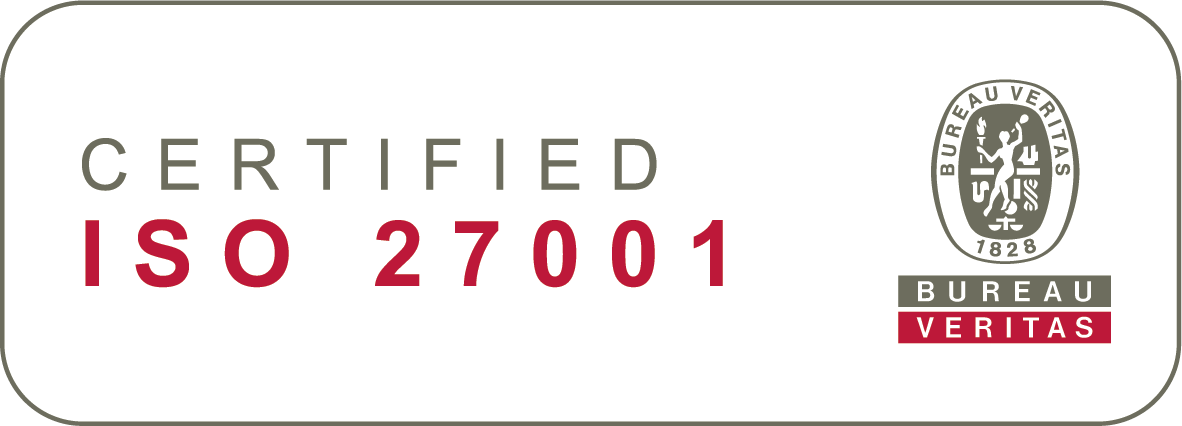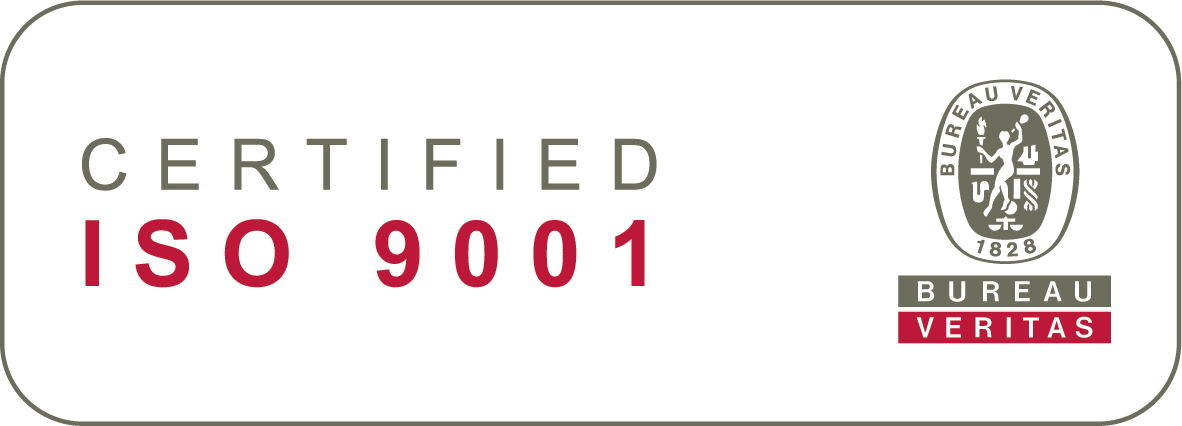Disorganised files, multiple systems, different catalogues, and even printed documents are the library contents for many companies that have gone through significant growth over the years.
Naturally, all businesses aim to increase revenue and create a recognisable brand. However, developing HR in tandem with the company’s evolution is often overlooked. This is how many businesses find themselves on the brink of disaster.
Losing sight of employees and employee data results in high attrition and low employee satisfaction — an inevitable phenomenon when companies spend less time on HR-related matters such as employee well-being, causing people to be stressed out and dissatisfied.
Unfortunately, most businesses focus on growth, creating a vicious cycle — leaving an expanding workforce unattended and burdening HR staff with a more manual workload. Growth rate increases as the workforce expands, leaving HR staff with more and more to do. This includes salary reviews, documenting company-wide appraisal rounds (if they are done), and updating employee data.
On top of all that, ensuring GDPR compliance can be a nightmare. HR teams are expected to have an in-depth understanding of data protection law and its application to their company’s specific situation.
With all these new challenges, HR professionals are feeling the pressure more than ever before. This is where digital human resource management can help. Automating HR, especially when data is all over the place, can take a load off their minds, allowing them to focus on more strategic tasks.
Don’t Hesitate; Go Digital
To make data-driven decisions, you need the right tools
Using Excel spreadsheets or numerous applications can help gather information temporarily. However, keeping track of who did what, where, and when can be tough.
Furthermore, numerous documents and tools result in more disorganised data and a wider margin for error. That’s a big problem for HR professionals because even the slightest mistake can have a significant impact.
The overabundance of data makes it extremely difficult for HR personnel to shift from instinct-driven to data-driven decision-making. Without the right tool to help process or make sense of it all, they can be left behind and under a continuously growing haystack of data.
While a wealth of information is always good, not knowing what to do with the data or not utilising it effectively can lead to issues. As data is filed about almost everything and everyone in the workforce, there is a greater need for security and transparency, too, given that GDPR requires that companies allow employees to access their personal information stored in the company’s database. Employees also have the right to be informed which data will be stored and why.
An HR data strategy compliant with current privacy regulations requires giving HR teams the tools to take control of their data. It is one of the most robust defences in favour of building a functional human resource management system.
Ensuring the privacy and security of employee data should be a top priority for any organisation. It demands robust and sophisticated technology.
Sympa’s sophisticated technology, for example, goes above and beyond the basic compliance requirements of GDPR. Its extensive coverage encompasses storage and handling of sensitive data as well.
With such an advanced system, you can shield your organisation from hefty fines for not meeting the most current data privacy rules.
Now is your chance to enter the future of work
Digital HR allows you to redesign your organisational processes to suit the needs of modern-day HR requirements. Signature solutions like eSign, HR chatbots, and HR analytics make the job easier.
Providing a good employee experience is crucial to attracting top talent. You need to offer your people the tools and environment to thrive and succeed.
The first step is to look at the HR technology and systems you’re currently using and how you can improve them. Are they meeting the needs of your employees? Do they make it easy for HR staff to do their jobs? If not, it may be time for an HR digital transformation.
With a good HR solution in place, you can:
- Save time and optimise costs
- Drastically reduce the chances for human error
- Centralise and standardise HR processes in a secure and cloudbased environment
- Securely handle sensitive employee data according to GDPR compliance
- Digitalise your HR processes on one platform
- Improve overall employee experience and company culture
- Measure your HR efforts with top-notch HR analytics before deciding to open up an external recruitment.
In this document, you’ll discover seven reasons to invest in HR digitisation — not just in its basic form but tailored to your needs to help your people achieve organisational objectives.
Pick the right system for your needs
How can HR digitisation help you?
Building efficient HR operations that support your business strategy is crucial to everyone within the organisation. It not only increases productivity but also activates new growth levers. One way of doing it is laying the foundation for efficient people management processes by investing in a digital All-In-One HR solution.
Create a wish list
With the help of your HR team, list down the necessary and important requirements for your HR operations. This will serve as your guide when hunting for solutions. Remember to include the tools you need, the team’s functions, and project deadlines.
Rank the wish list items based on importance and match them with offerings from competing HR software providers.
Set up demos
Get a handle on the most important HR software products on the market. Set up demo calls to learn more about their company, team, and services. Prepare questions and have everyone on the team attend so that they can raise relevant concerns.
Pick a solution
After examining, analysing, and testing all alternatives, it is time for decisions. But, before arriving at one, ask yourself these questions:
- How important are HR systems to the company’s strategy and operations?
- What are the long-term costs of using them?
- What is the return on investment (ROI)?
- How much time and effort are required to implement digital HR transformation in the company?
An effective HR System modernisation project must be anchored on your current operations while letting you continue operating within your comfort zone. You can approach HR digitisation differently, but it all comes down to how you want to change your HR operations.
You have the option to start small by automating specific processes or go all in and digitise your HR operations from end to end. Ultimately, the right system is the one that best fits your needs.
In the following sections, we’ll dig deeper into the considerations when choosing a new HR system and vendor to help you decide what’s best for your company.
Questions to ask when choosing an HR system
Here are some questions you can ask prospects to help you deliberate on the best solution for your team:
How does the system ensure that the most important HR data is always available to the right people at the right time?
Your system is expected to support the embedding of analytics into almost every aspect of HR. Data should be gathered, processed, and made available in an actionable format in real-time within the system. Ideally, it should display data on a dashboard with important metrics visible to the appropriate people.
Does the system support the design of the HR process around the employee?
Companies are increasingly focused on employee experience. In a tough race for the best talent, offering a high salary alone is no longer enough. Organisations must also look at their operations from the employee perspective, and their HR system should support that.
Is the system reinforcing an agile employment culture?
It is a must for the HR system to further the company’s strategy of attracting, developing, and retaining top talent. More importantly, such a system should be easy to use and grant employees access to HR services from anywhere at any time. A high degree of flexibility in working hours and working arrangements is also a preferred feature.
Can the system grow with you?
Your company’s needs change continuously, and your HR system is expected to adapt accordingly. A good HR solution includes capabilities like flexible competence tracking and building. You want to be ahead of the skills and competency curve, not behind it.
Is the system being developed constantly, using agile methods?
Look for solutions that undergo constant development. The ideal HR system is adaptable as circumstances and regulations change and technologies evolve. HR digitisation is a moving target, and your HR system should be able to keep up.
Look for these things when shopping for an HR system:
- Transparency: The HR vendor openly shares information about their product development process, what they’re working on, and how that affects you. They also allow you to access their product roadmap to plan your HR digitisation efforts accordingly.
- A good understanding of HR: They are up to date on the latest HR trends and adept at using HR digitisation to support your HR strategies.
- Responsiveness to needs: The vendor is easy to work with and exerts the effort to understand the complexities of your company’s culture and values.
- Comprehensive solution: Their products and services cover all aspects of HR digitisation, including the necessary support and training to ensure a successful implementation.
- Proven track record: They can provide references from companies that have used their products and successfully implemented HR digitisation projects.
- Budget sensitive: The vendor offers the most effective solution possible within your budget and other constraints. If there are tradeoffs, they help you calculate the choices that will benefit you most.
- Strategic understanding of your future: Make it clear that you intend to benefit from your vendor’s expertise and technology. Collaborate with someone who can put themselves in your position. They must provide better working methods, more efficient processes, new possibilities, and innovative ideas to help you reach your goals.
Tips for successful implementation
Adopting a new IT solution can be daunting, especially for HR professionals with no development background.
However, there are ways to ensure the success of your HR digitisation project:
- Pick a devoted project manager: This is a complex project, and you’ll need someone who can keep track of all the moving parts. Choose a detail-oriented project manager with experience in HR digitisation projects.
- Form a team of capable people: Your HR digitisation team should be composed of individuals with relevant skills and knowledge to implement the project successfully. Include HR professionals, IT professionals, and business analysts.
- Keep your vendor in the loop: The vendor must be up to date on the progress of your project. Inform them in real-time of any issues or concerns you encounter.
- Keep an open mind: HR digitisation can be a significant change for your company, so it’s crucial to be flexible throughout the process. Be prepared to adjust your plans as needed and embrace new technologies.
- Have fun: The process is both challenging and rewarding simultaneously. Enjoy the ride and learn as much as you can along the way.
In a nutshell
With the right tools, HR professionals can strive to:
- Increase productivity and activate new growth levers
- Shift from instinct-driven to data-driven decision-making
Achieving these two outcomes contributes to building an environment for your people to continuously thrive and succeed. With the race to attract and retain top talents, it all boils down to the employee experience you offer.
HR digitisation allows you to redesign your organisational processes according to modern-day HR requirements and cater to their needs. Thus, setting up an efficient HR operations that support your business strategy.
It is an undertaking that is worth the effort. After all, people are the greatest asset of your company — invest in them.








